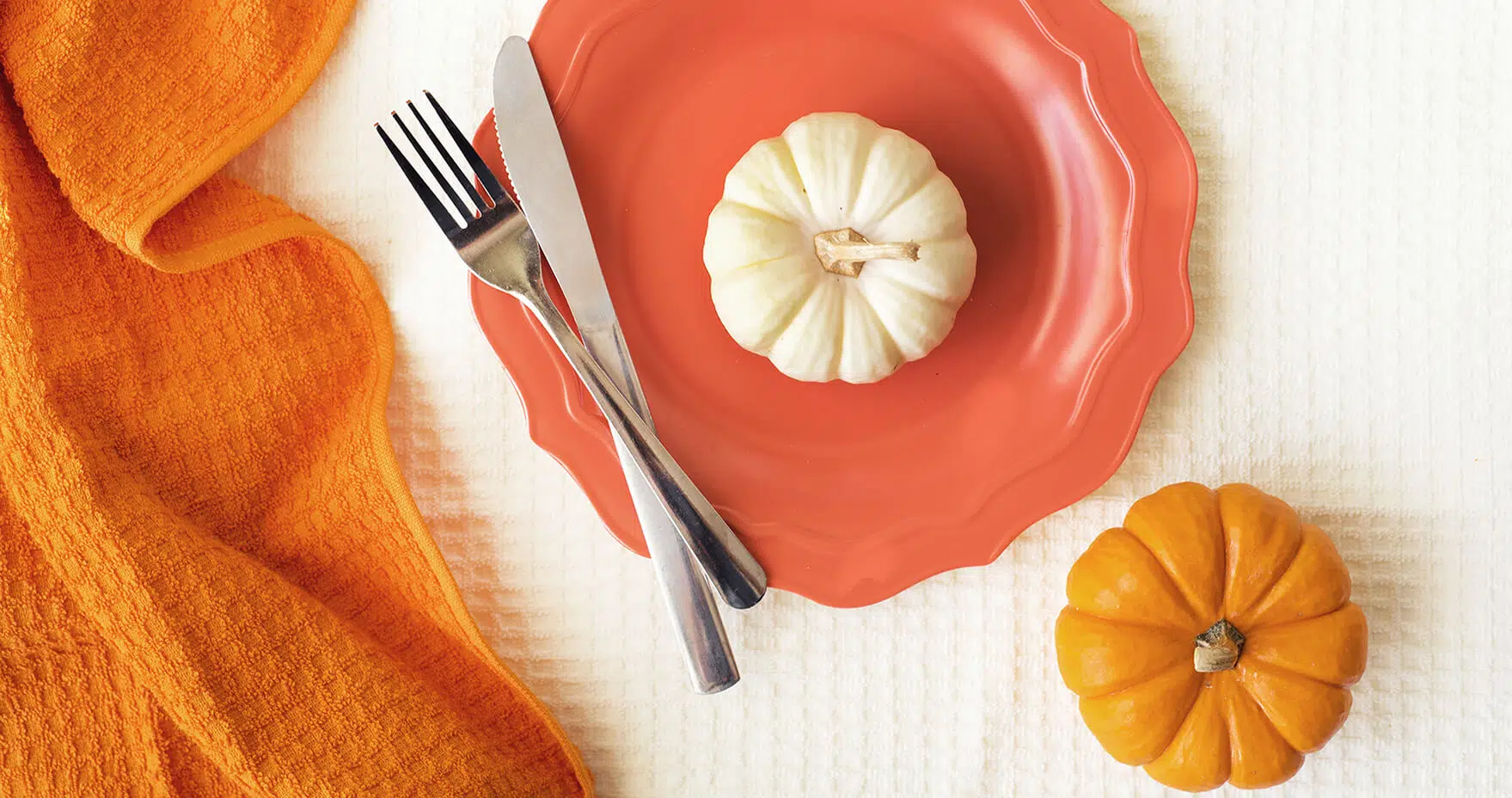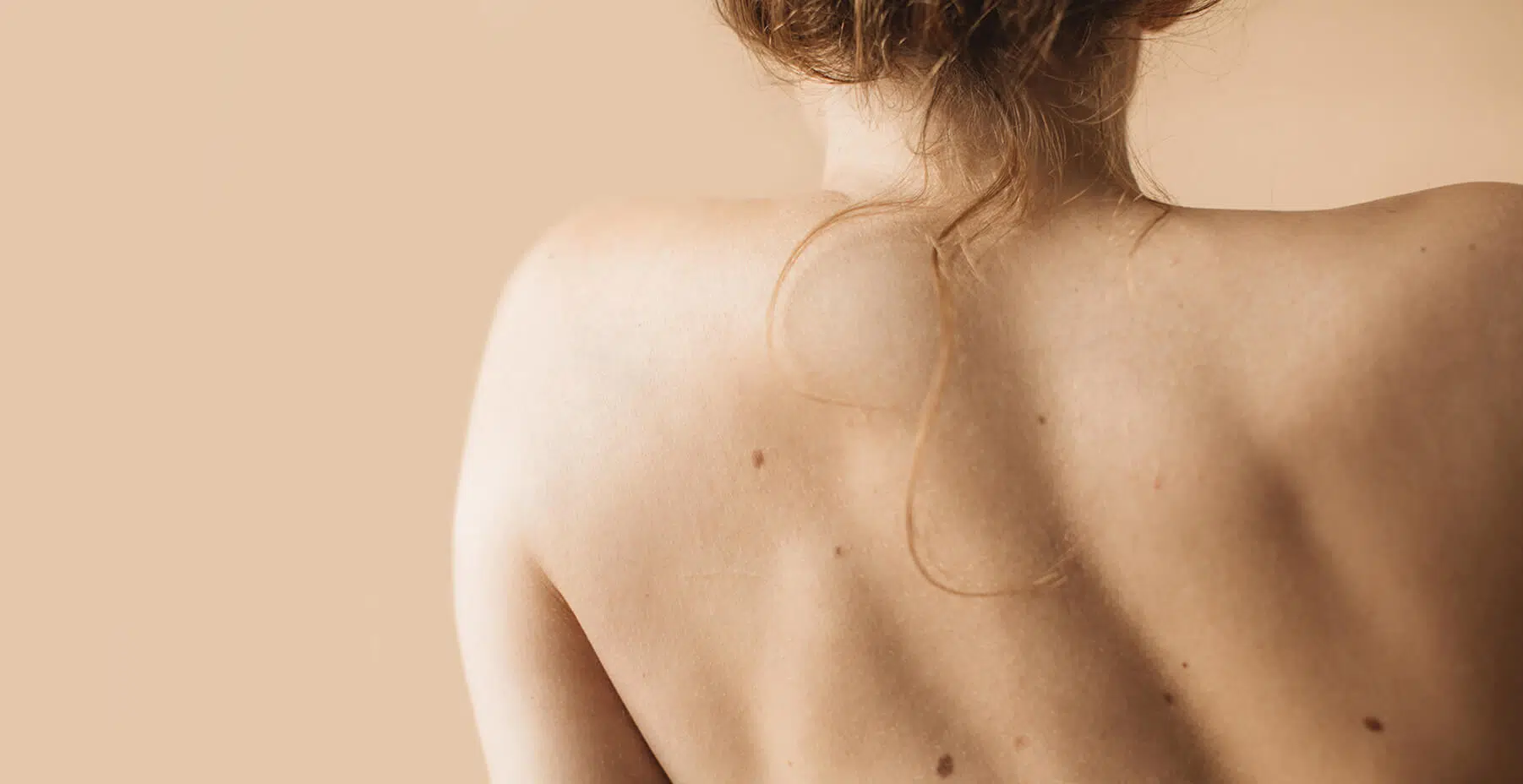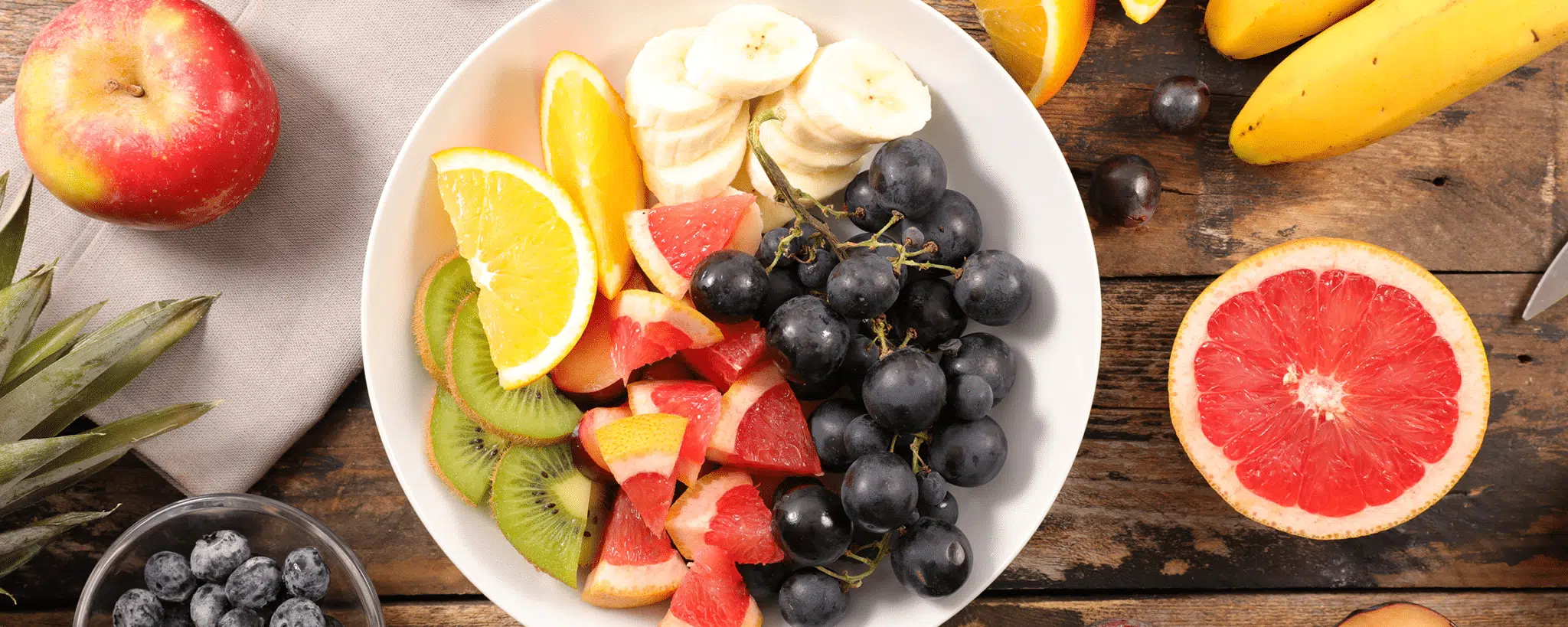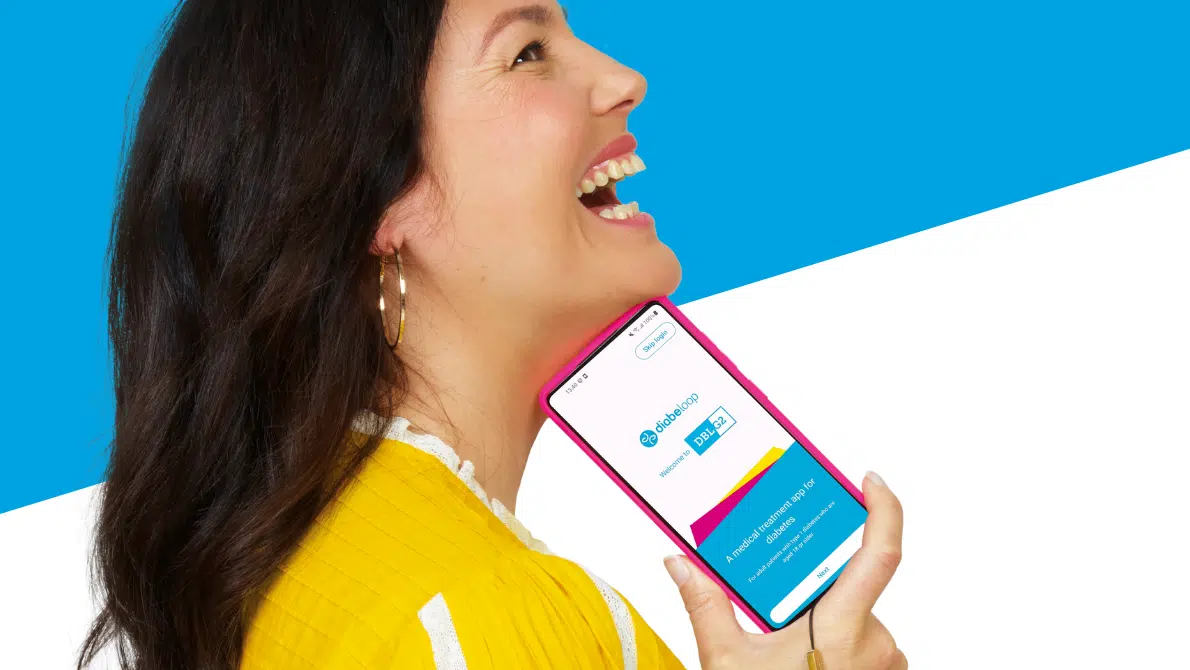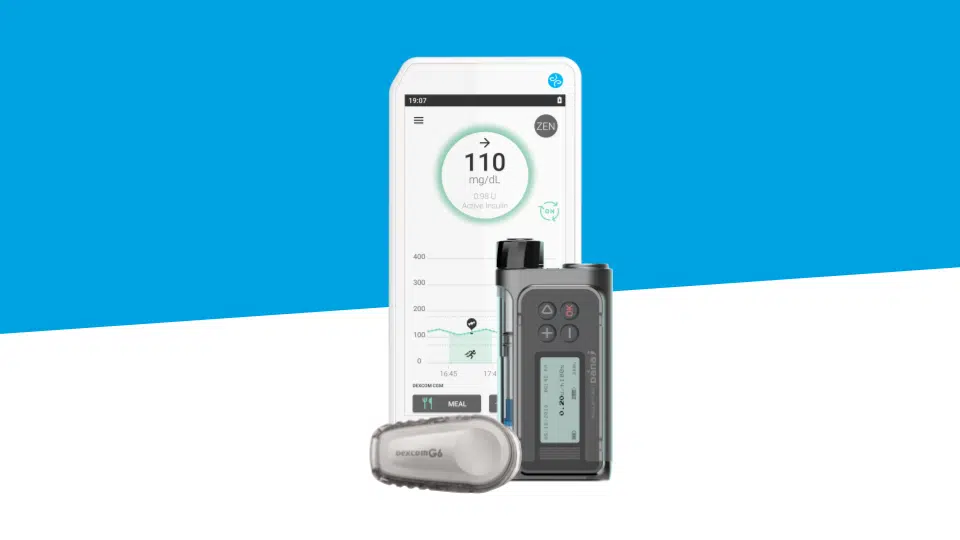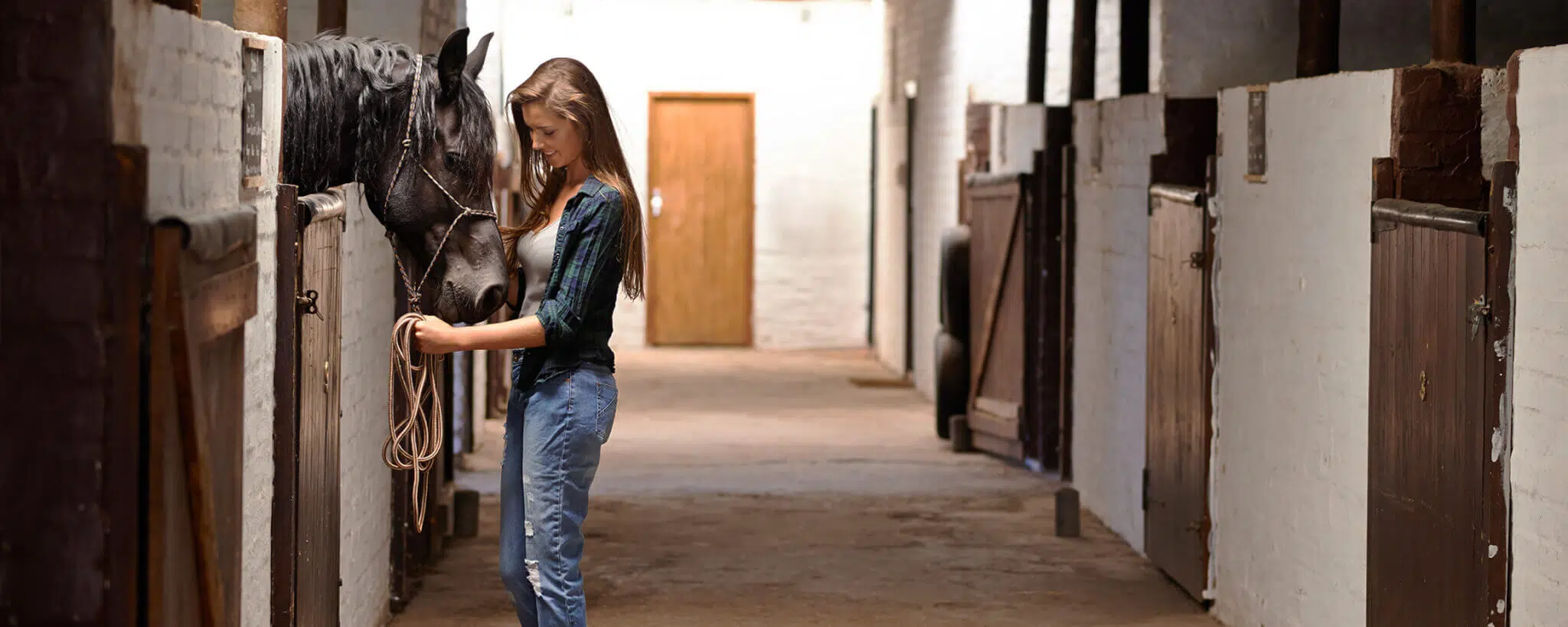
Type 1 diabetes and horse riding: saddle up!
Equestrianism is the art of horse-riding, which includes several activities: dressage, endurance, show jumping, horse ball, polo, trekking, etc. Each of these disciplines involves different skills and needs. People living with Type 1 diabetes who do horse-riding have all the more need to adapt.
The relationship between rider and animal sometimes makes the practice of this sport even more special and fascinating. As strange as it may seem, the horse-human relationship can have implications for diabetes management. Let’s explain how ?
Managing Type 1 diabetes and horse riding
Generally speaking, horse riding is considered a gentle sport that can be practiced from a young age. It mainly uses the back and core muscles. It improves the rider’s balance and increases tolerance to physical exertion. However, the disciplines involved in horse riding are varied and diverse, including show-jumping, driving, endurance, polo, ride and tie, etc.
When you are a rider living with Type 1 diabetes, it is important to distinguish two kinds of equestrian sports:
- disciplines whose physical exertion involves endurance, such as ride and tie,
- those which demand a lot of energy over a short time, such as jumping.
Depending on the activity you choose, you’ll have to:
- adapt your meals before and after your activity;
- adjust your insulin doses;
- check your blood sugar more often than usual.
Your needs will also depend on whether your tendency is hypoglycemia or hyperglycemia after exercise.
Also check out “Sports and Type 1 diabetes: how to do sports safely”
Remember that hypoglycemia and/or hyperglycemia can occur several hours after exercise. In addition, nervousness or stress must be taken into account: whether you’re nervous about riding a horse because you’re not used to it or have the jitters just before a show jumping competition. In any case, don’t forget to keep something with you to return your blood sugar to normal.
Finally, it is advisable to inform your riding instructor about your Type 1 diabetes.
The relationship with the horse and Type 1 diabetes
As mentioned previously, what makes horse riding so special is the relationship between the horse and the rider. Like any human relationship, it involves a meeting between two parties and their different personalities and natures.
The horse and the rider need to get to know each other, and the rider needs to adapt to the sensitive nature of the animal. A healthy relationship can teach riders more about themselves and encourage them to look inward. A horse is sensitive to all the attitudes and/or postures of the person caring for it.
So what does T1D have to do with all of this?
Of course, a horse will not decrease or increase blood sugar levels or even provide insulin. But having a healthy, trusting relationship with an animal can help us look at T1D from another perspective, from our emotions and physical attitude. Taking care of a horse can teach you to channel and refocus on yourself and listen to your emotions and feelings. Through a relationship with a horse, a person living with Type 1 diabetes can learn to let go and learn about their own attitudes and reactions. This can be done through horse therapy for example. Mediation between a person, a horse, and a therapist may gradually lead to accepting T1D.
We interviewed Ella, who told us about her special relationship with her horse who is a real character! She originally wanted a more docile horse, but it was love at first sight. The horse’s strong character lets her know when he’s not happy and he’s the one who chooses who will ride him or not. But once he lets a person get near him, he is gentle and patient. Spending time with her horse lets her clear her mind and refocus on herself and her needs. Ella told us that her horse refuses to let her ride him when she is in hypoglycemia; could that be a question of smell or attitude? As surprising as it may seem, he even knew she was pregnant before she did; he was much more careful and gentle than usual. What a great story! ?
Horse riding is an activity that offers many benefits, both physical and psychological. Try it and you’ll surely learn a thing or two!
